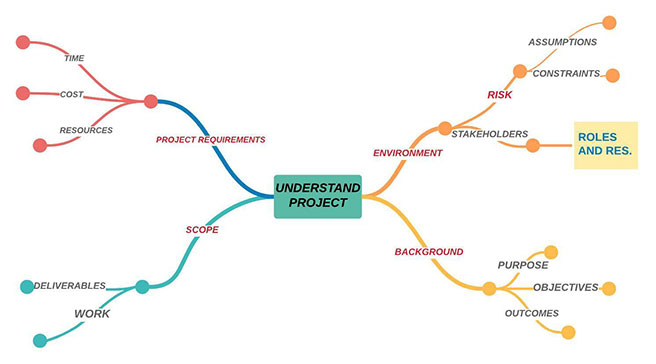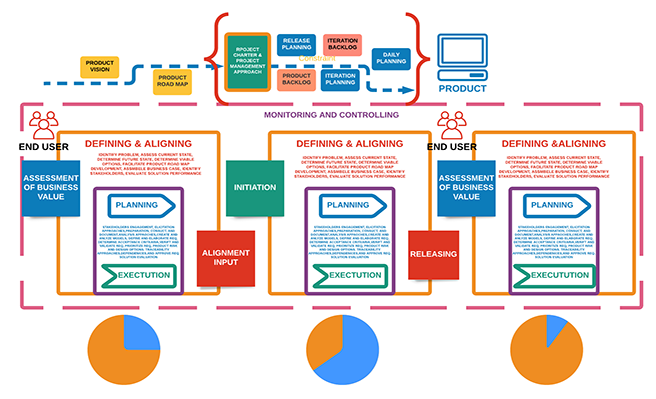MANAGING PROJECT, THE FIRST STEP
Originally published: August 28, 2021 03:41:36 PM, updated: August 28, 2021 04:10:19 PM

According to the best practice from the PMI perspective, and my experience alike, the missing practice in project management is- to make sure that project managers and stakeholders “including project team” have the proper understanding of the project, and ensure that the project information are valid before the kick-off event.
Proper project understanding requires to provide the audience with some important information like project purpose, objectives, anticipated outcomes, high level scope “including deliverables”, project requirements, high level product requirements, define roles and responsibilities. By the way, I don’t mean the project charter components, but thisstep precedes project charter development process. That information including the time line and risk should be derived from the business case and benefit management plan documents. I will explain some of these components below , what are they? and why are they important for project success?
- Project purpose: This is the first component which tells the audience:why do we need the project outcomes. It is simply the situation statement or sometimes refered to the as- is situation. Project purpose will help project manager to make the right decision during the product shaping activities and keep the project on the right direction.Moreover, it will play the role of both project and product scope. Yes that is not everything but the business need will be the baseline for all stakeholders regarding their requirements and expectation, in other terms this is the project cornerstone and you will be surprised of the importance of this component while you are practicing project management.
- Project objective: This is the formula, linking projects outcomes to strategy, without defining the project objectives, surely, you can not measure the impact of the project outcomes, I mean you will lose the navigator..
- Project anticipated outcomes: Project outcomes represent the to-be situation or sometimes refered to as the desired state, also it represents along with the objective component the base for defining acceptance criteria for both project and product. These first three components will be the umbrella for all stakeholders in the initiative context as expectations, requirements, decision making process, prioritization process, evaluation and acceptance, conflict management, and more.
- Project requirements and Product requirements: Typically, projects requirements are time, cost, and resources required to complete the project; while product requirements are the features, functions, and characteristics of the product itself. The balance between project and product requirement is a must for project success. Stakeholders, including project managers should assess the balance and how rationalit is before going further in the initiative, this action will help all parties to expectproject chances of success.
- Project scope implementation approach: Project scope is the work required to accomplish the project or produce project deliverables, it is a narrative description that tells the audience about the project work, deliverables, and the implementation approach. It is a very critical component that should guide the project team in how they will define the detailed scope later on, creating the right work breakdown structure ”considering the project purpose, outcomes, objectives, stakeholders requirements, project and product requirements, and other considerations”, and developing the project schedule model.
Now, can you imagine the importance of this step for project success, and what if these components are not valid or available to project team? for more in depth understanding of Project backround, you can watch this free course: Project Management Introduction.
Written by: Eng. Mohammad Emran PMP, PMI-PBA, CMC, BPM, CXP, MCTS


